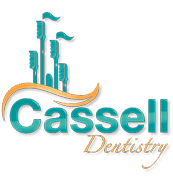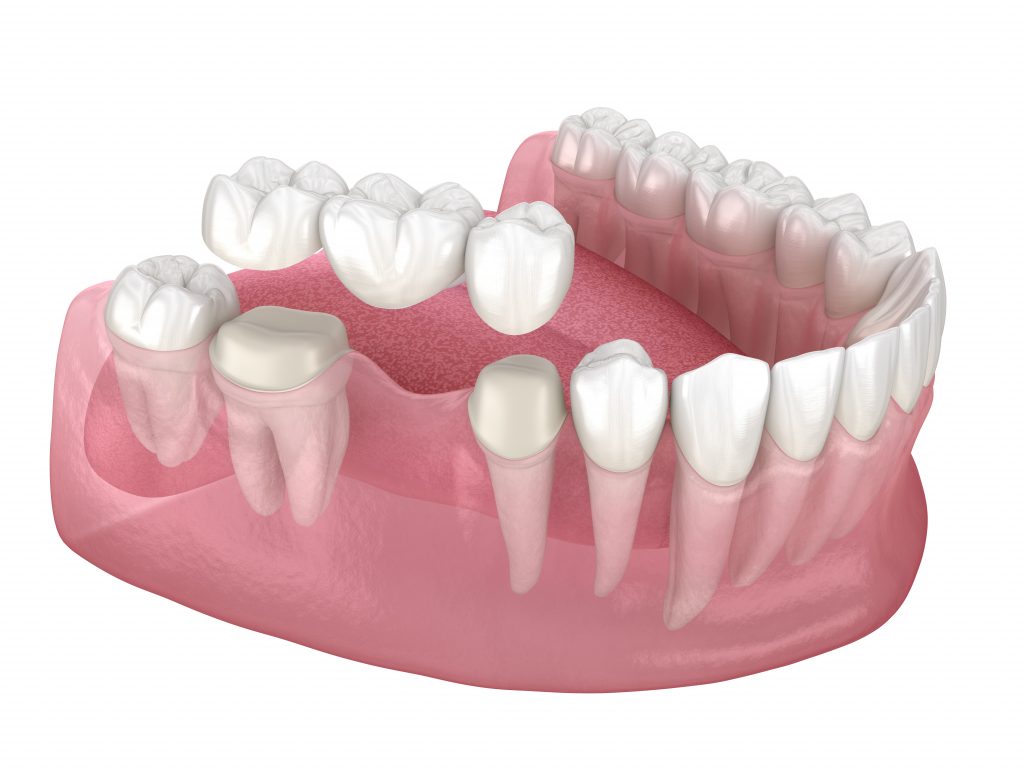Dental Bridges: How Long Do They Last and Are They Right for You?
A dental bridge is a fixed tooth replacement that’s built to restore one or two missing teeth in your mouth. On average, most dental bridges will last anywhere from 5-10 years or more before needing to be replaced. The better you care for your bridge or other dental restoration, the longer it will last.
Unlike a removable partial denture, a dental bridge is a fixed prosthetic tooth that is used to replace one or more missing teeth in a specific area of your smile. The bridge spans the space created by the gap and is supported by healthy teeth or dental implants on either side.
When Should Dental Bridge Treatment be Performed?
Understanding why dental bridge treatment should be done can help you be more educated about your treatment choices and feel at ease with your decision. Dental bridges are most often recommended when a tooth has been lost, both to fill in the function of the missing tooth and to support the alignment of your surrounding smile. They also serve an aesthetic purpose, by helping your smile look whole and healthy again.
In addition to replacing single teeth, bridges can also be used to replace multiple teeth at once. Our Mission Valley dentist will recommend one type of treatment over another—such as implants vs. bridges—depending on the number of teeth missing, your individual needs, and other oral health factors.
Which is Better: An Implant or a Bridge if You Have Poor Gums?
Gum disease (periodontitis) can interfere with the long-term success of any restoration, including both bridges and dental implants. If you’ve had gum disease in the past but your remaining teeth are structurally sound, you may still qualify for a fixed bridge in that space. But the key is to clean around your supporting teeth to prevent any relapse or additional bone loss.
Unfortunately, dental implants cannot be installed in areas where there is active gum disease. Periodontal therapy and possible gum grafting or bone augmentation will be necessary before your mouth is stable enough to support a dental implant. Hence why many people choose bridges over implants to begin with.
What are the Advantages and Disadvantages of Dental Bridges?
It’s important that you understand the different types of dental bridges and their pros and cons if you are considering getting one. That way you can determine whether it’s right for you or not, especially when other options are out there…
The advantages of dental bridge treatment are that they are quicker and for affordable to complete than a traditional dental implant. Plus, they double as a protective dental crown on each of the teeth that are supporting them, providing added reinforcement if those teeth are worn or decayed.
The disadvantages of dental bridge treatment are that the teeth on either side of the gap must be stable enough to support the bridge. If they have periodontal disease or are severely decayed, they may not qualify for a bridge in that space. Alternatively, they don’t last as long as dental implants (which can last a lifetime) so the upkeep of replacing a bridge may add to long-term investments in your smile. Bridges can also impede the structure of otherwise healthy, virgin teeth.
How to Clean Around Dental Bridges
To clean around your dental bridge, use a toothbrush with soft bristles to gently brush in a circular motion around the edges of your restoration, next to the gumlines. Clean the other surfaces as well. Make sure you use a floss threader, super floss, or proxy brush to clean below the bridge, next to the gums, as well as around the supporting teeth where a brush doesn’t reach. If you have a water flosser, you can use that instead of traditional floss.
Sometimes people ask questions like, “Why is my dental bridge digging into my gums?” It may be that it’s a temporary bridge, or you have gum inflammation around your restoration. Be sure to clean thoroughly around your bridge daily to prevent swelling and irritation in the gum tissues next to your dental work.
Dental Bridges in Mission Valley
Cassell Dentistry offers both implants and bridges in Mission Valley, giving you the options you need when you want to replace missing teeth. Call us today to schedule!





